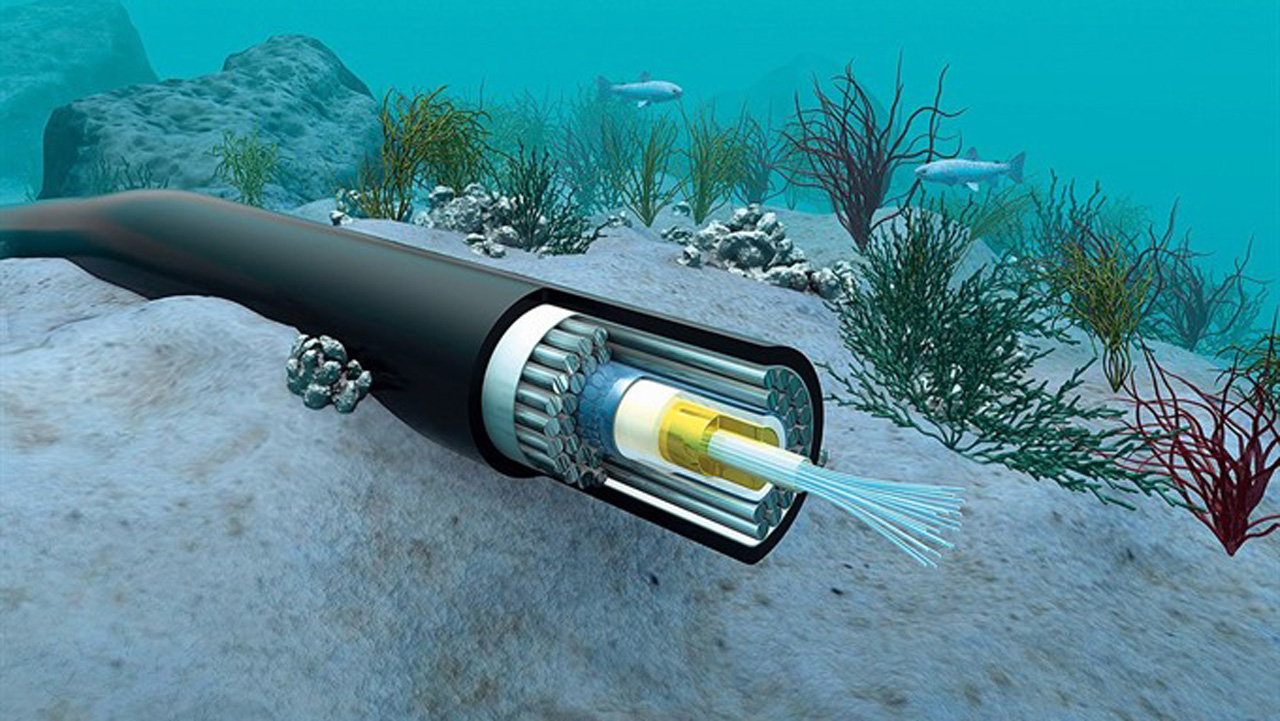Africa’s connectivity relies heavily on submarine cables, which play a critical role in facilitating internet and telecommunication services across the continent.
As of March 14, 2024, the situation regarding submarine cables in Africa presents both challenges and opportunities, impacting various sectors, including business, education, healthcare, and governance.
Current Status of Submarine Cables
The submarine cable landscape in Africa is undergoing significant changes, with several key developments shaping the connectivity ecosystem.
Numerous initiatives are underway to expand and upgrade existing submarine cable networks. Projects such as the Africa-1 Cable System and the Eastern Africa Submarine Cable System (EASSy) upgrade are aimed at enhancing capacity and reliability. These expansions seek to meet the growing demand for bandwidth and improve internet access for millions of Africans.
Read also: The Submarine Cable 2Africa, Lands in Djibouti
Efforts to diversify submarine cable routes are gaining momentum to mitigate the risk of single-point failures and enhance resilience against natural disasters and human-induced disruptions. Projects like the South Atlantic Cable System (SACS) and the Africa-1 Cable System contribute to creating alternative pathways, reducing dependency on traditional routes and enhancing overall network robustness.
Also, Collaboration among stakeholders, including governments, telecommunications companies, and international organizations, remains crucial in addressing challenges and driving innovation in the submarine cable sector. Public-private partnerships (PPPs) are emerging as effective models for financing and implementing submarine cable projects, fostering greater inclusivity and sustainability in Africa’s digital infrastructure development.
Challenges and Opportunities
While progress is being made in expanding and improving Africa’s submarine cable networks, several challenges persist, alongside opportunities for growth and innovation.
Security threats, including piracy and sabotage, pose risks to submarine cable infrastructure, potentially disrupting vital communication channels and causing economic losses. Addressing these security concerns requires coordinated efforts between governments, maritime authorities, and private sector stakeholders to safeguard critical infrastructure and ensure uninterrupted connectivity.
Disparities in internet access and affordability persist across different regions of Africa, exacerbating the digital divide. While submarine cables play a crucial role in enhancing connectivity, broader strategies are needed to extend network coverage to underserved areas and promote digital inclusion. Initiatives such as community networks and innovative financing mechanisms can help bridge the gap and ensure equitable access to digital services for all Africans.
Xlinks Launches Tender for Technical Studies for UK-Morocco Submarine Cable
Technological Advancements
Rapid advancements in technology, including 5G, cloud computing, and the Internet of Things (IoT), present opportunities for leveraging submarine cables to support emerging applications and services. By investing in next-generation infrastructure and fostering a conducive regulatory environment, Africa can harness the full potential of submarine cables to drive digital transformation, spur economic growth, and improve the quality of life for its citizens.
The Africa Submarine Cable Situation Report highlights the evolving landscape of submarine cable connectivity in Africa, underscoring the importance of continued investment, collaboration, and innovation to address challenges and unlock opportunities for sustainable development. By fostering partnerships, enhancing security measures, and prioritising digital inclusion, Africa can leverage its submarine cable infrastructure to bridge the digital divide and build a more connected and prosperous future for all.




